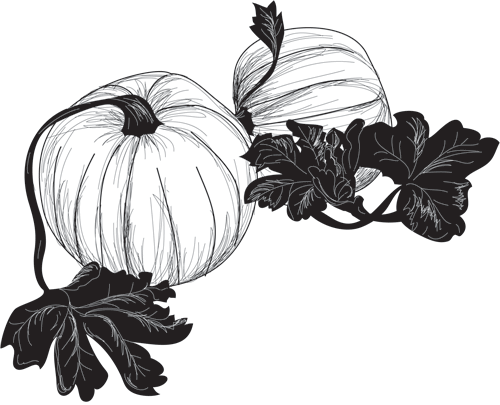Books & Prose
The Celtic Seasons in a Somerville Garden
For the past several years I’ve marked the seasons the way European pagans did, pagan here meaning one who lives on the land (the original meaning of paganus in Rome was something akin to farmer, as opposed to one who is urban). The solstices and the equinoxes name the extent of the sun’s journey across our grid of understanding, the imaginary lines in the sky or on the globe. But everyone knows that winter begins before the Winter Solstice and that summer is hottest after the sun turns south again at the Summer Solstice. The seasons marked by cross-quarter days define those stretches better.
We have seasons because our planet is tilted in its journey around the sun. You probably know this (at least, I hope you do; it explains a great deal that’s important for a gardener, why the sun comes into the garden in different places at different times, and, for example, shines more directly into the window in winter—it’s lower in the sky). Our sun makes imaginary crossings as our tilted axis points toward and away from the center of the solar system. From its most southern extent on the globe, the Tropic of Capricorn (on our Winter Solstice), the sun seems to move over the Equator (the Spring Equinox) to its northernmost limit, the Tropic of Cancer (our Summer Solstice), and then heads south again (recrossing the Equator at the Fall Equinox). So our sunrises move along the eastern horizon, high in the northeast on Summer Solstice, low in the southeast on Winter Solstice, and directly East on the equinoxes, creating different patterns of sun and shade in our gardens.
Instead of marking the four seasons by these events, the cross-quarter seasons celebrate the midpoints between solstices and equinoxes as their start. The same four seasons now take into account the seasonal lag in temperature and more nearly coincide with the activities of a gardener, which is why I find them useful.
I use the Celtic names, because that’s how I’ve learned them (it would be interesting to know how other farming cultures name and divide the year).
 Beltane (pronounced as it is spelled) runs from May 1 to August 2 and marks the summer season, its midpoint being the Summer Solstice.
Beltane (pronounced as it is spelled) runs from May 1 to August 2 and marks the summer season, its midpoint being the Summer Solstice.
Lugnasad (pronounced loo-nah-sah’) runs from August 2 to October 31 and marks the harvest quarter, with the Fall Equinox at midpoint.
Samhain (pronounced sow’-wen) goes from October 31 to February 2, and isn’t that a better definition of winter? It grows darker until the Winter Solstice, and after December, the weather becomes colder but the sun stays longer.
Imbolc (im’-ulk) is spring, February 2 to May 1, with the Spring Equinox at midpoint.
There has been a revival of Celtic lore for several years, and some celebrate the practices, as far as they are known or imagined, connected with these seasons. For example, bonfires are lit on May 1 to celebrate the return of summer’s powerful life energy. I mark the seasons with garden notes. Lugnasad, the three months of harvest, ends with October 31, also the date for Halloween, the feast for spirits. The garden, too, has become merely a spirit of its former self, and it’s a good time to take stock of the summer’s successes and failures. Imbolc is my favorite season, however. I’ve come to enjoy February as my favorite month. The Imbolc quarter of the year goes from icy February to budding March to blooming April, and February begins it all with noticeably increasing light and a warmth that comes closer day by day. I know it’s the start to spring, and as I begin planning the garden for the year, I more easily bear February’s cold and snow.
© Anna M. Warrock
Originally published in slightly different form in the Somerville Garden Club newsletter, 2004.